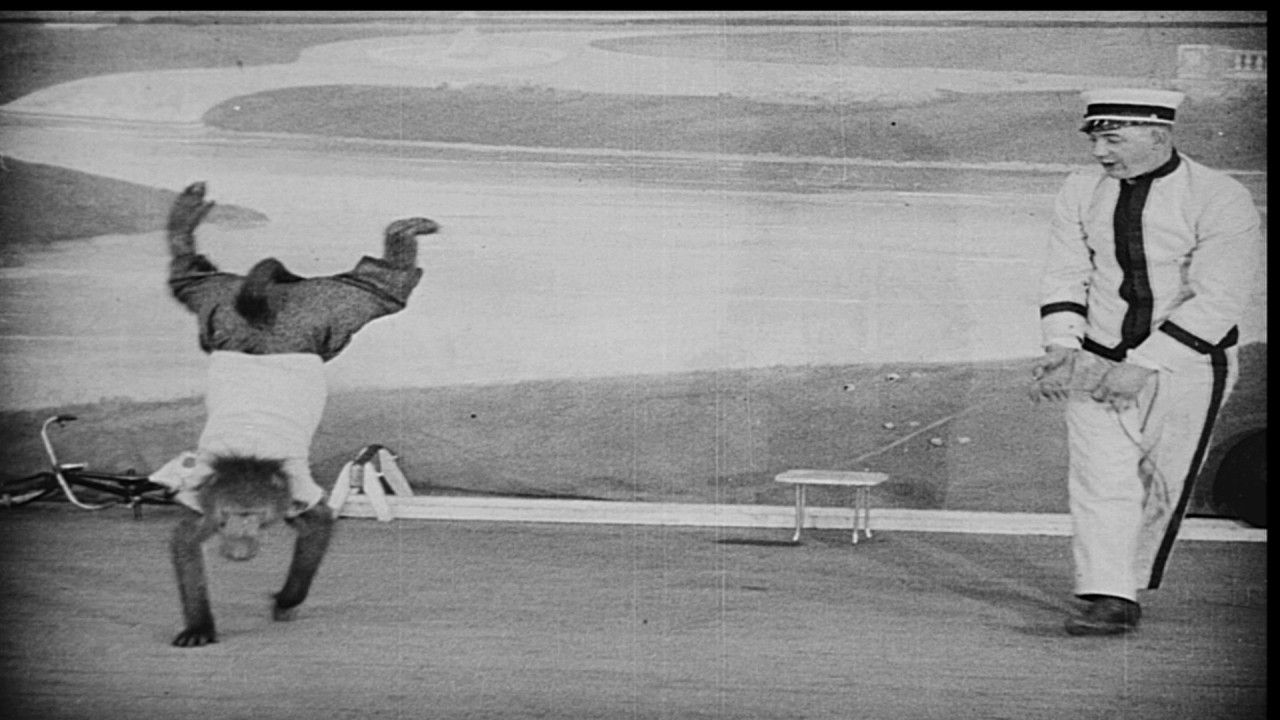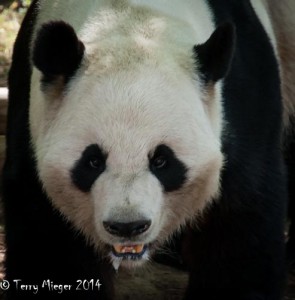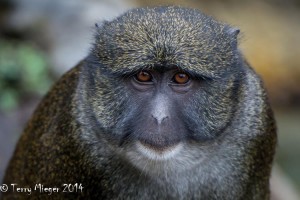Images from the Id – Another Trip to the Mountains or Surprise , Surprise
The word had gotten out. It had been talked about and it was passed along all of the social media and on the Forest Service Website. Mount Evans was going to close the road to the summit the day after Labor Day. So what’s the big deal? Mt Evans is 14,240 feet high! Actually, the road ONLY goes to 14,130 feet being the highest paved road in the US. If you are in shape and like a little self-torture, you can climb a well kept trail to the summit. Leaving the 80 degree Denver area at a mile high, in less than 90 minutes, you are almost 2 miles higher and 50 degrees cooler. The scenery is amazing every mile of the way. The drive can be exhilarating especially for the faint of heart lowlander. Most to the road is narrow without guardrails. Just you and the sky on some turns. The altitude can be a major problem for lowlanders and the shear drops can be tough for the acrophobic. The trees stop at about 11,500 feet (the “tree line” varies by exact location) and you are into the Alpine Tundra. Dress warm. The University of Denver has the third highest optical observatory at about 14,148 feet (according to Wikipedia).
So, other than the “thrill”, why go? The answer, for most photographers, is goats. Mountain goats are everywhere, even in the restrooms They are attracted to the minerals in the rocks that are exposed at the summit. There are other side attractions. There are Pika, extremely cute small relatives of the rabbit, sometimes Bighorn Sheep, Ravens, comical Yellow-bellied Marmot and new to me this trip the White-tailed Jackrabbit. Wow an alpine, tundra Jackrabbit.
The best is the goats. They are there most of the time because they a plentiful and you see adults yearlings and new kids. Photographing the Mountain Goat here is fun and can be done with almost any equipment. They can be too close and their horns are long and sharp. Legally they have the right-of-way. You are to never “approach” a wild animal. People stretch this but need to be more careful. The results are wonderful especially if the kids are at play. We decided to go last monday. Up at 5 am, breakfast at McD’s for speed we got to the top early and the goats were waiting. Tuesday the summit was closed because of ice and snow slides closed the road, lucky us.
Photography: After you get over the initial trill and altitude sickness, take a few portraits and the look for interesting behavior. Try not to take to many shots from the rear. We call these “Butt Shots”. Don’t forget the cute factor. You won’t get this all of the time but a little patience and warm clothing, you’ll get a ton of great shots. Switch to the Pika at the overlook. There are usually one or two running around in the rocks below the wall and that view! The Marmots are usually along the road down from the top. They can put on a great show with a little time. Bighorns can be anywhere but much rarer to locate. The rams are even harder to find and there are better locales for them. I have seen the Jackrabbit only once, this last trip. On the way down stop at the Mount Goliath Trailhead. There is a nice information station and trails which go along the tree line and you can photograph the twisted Bristlecone Pines, rocks and vistas.
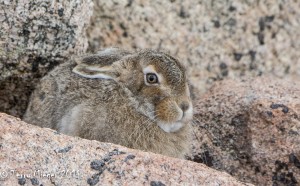
White-tailed Jackrabbit – 1/1500 sec, f/8.0, 0 EV, ISO 1100, 400 mm/600 mm, Processed Lightroom 5. All of thine I have gone up to the mountains I have never see one of these before. At first I thought it was a Snowshoe Hare but looking at the photos, some taken trough there windshield, confided the Jackrabbit.

Mountain Goat – 1/2000 sec f/8, 0 EV, ISO 280, 400 mm/600 mm, processed in Lightroom 5. I still like these majestic poses even thought there is not much action it is still behavior.
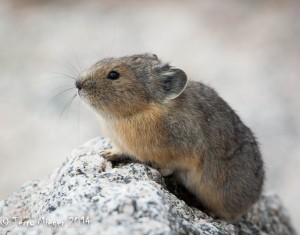
Pika – 1/500 sec, f/6.7, -1/2 EV, ISO 100, 400 mm/600 mm, These are the cutest! They are a little smaller than a tennis ball. Just try to get one with grass in its mouth. Good luck I have a few of those from other trips.
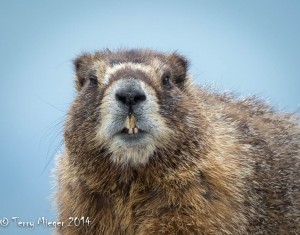
Marmot – 1/250 sec, f/5.6, -1/2 EV, Iso 100, 400 mm/600 mm. This is our name for the Groundhog.These guys are clowns. Some of them are well adapted to people. Got some shots of it with a youngster but there are rocks in the way. It went over to a parked car and stood up to inspect the engine. I warned the driver not to leave for a while.


